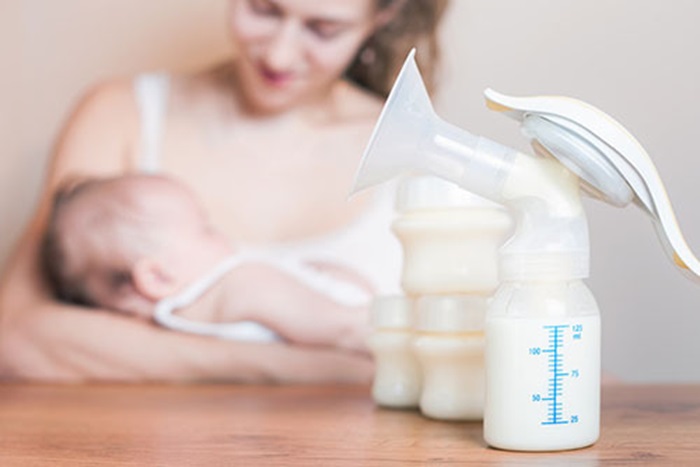Breast milk is the ideal source of nutrition for newborns, providing all the necessary nutrients and antibodies to support their growth and development. While cold breast milk is safe for newborns, there are some disadvantages to serving it cold. In this article, we will explore the disadvantages of cold breast milk for newborns and provide tips for serving breast milk at the optimal temperature.
Disadvantages of Cold Breast Milk for Newborns
Reduced Nutritional Value
Breast milk is a living substance that contains a variety of nutrients, enzymes, and antibodies that protect babies from infection and disease. These components are sensitive to heat and can be destroyed if breast milk is overheated. However, serving breast milk too cold can also reduce its nutritional value. Cold temperatures can cause the fat in breast milk to separate, making it more difficult for babies to digest. Additionally, some of the beneficial components in breast milk may be less effective at cold temperatures.
Unpleasant Taste
While some babies may prefer cold breast milk, others may find it less palatable. Breast milk that is too cold may have a less pleasant taste and texture, which can make it less appealing to some babies. This can lead to feeding difficulties and reduced intake of breast milk.
Increased Risk of Infection
Serving breast milk too cold can increase the risk of infection. Bacteria can grow more easily in breast milk that is not at the optimal temperature, which can lead to contamination and illness. Additionally, cold temperatures can cause the fat in breast milk to separate, creating an environment that is more hospitable to bacteria.
Discomfort for the Baby
Serving breast milk too cold can be uncomfortable for the baby. Cold temperatures can cause discomfort and even pain in the baby’s mouth and digestive system. This can lead to feeding difficulties and reduced intake of breast milk.
Tips for Serving Breast Milk at the Optimal Temperature
To ensure that breast milk is served at the optimal temperature, it is important to follow these tips:
-
Warm breast milk to room temperature or body temperature before serving. This can be done by placing the bottle of breast milk in a container of warm water or using a bottle warmer.
-
Test the temperature of the breast milk before serving by placing a few drops on your wrist. The breast milk should feel warm, but not hot.
-
If the baby prefers cold breast milk, it is safe to serve it cold. However, it is important to ensure that the breast milk is not frozen or partially frozen.
-
Do not use a microwave to heat breast milk, as this can cause hot spots that can burn the baby’s mouth.
-
Use breast milk within four hours of warming it.
Conclusion
While cold breast milk is safe for newborns, there are some disadvantages to serving it too cold. Cold temperatures can reduce the nutritional value of breast milk, make it less palatable to some babies, increase the risk of infection, and cause discomfort for the baby. To ensure that breast milk is served at the optimal temperature, it is important to warm it to room temperature or body temperature before serving. By following these tips, parents can ensure that their newborns receive the best possible nutrition from breast milk.
Related topics
- Can You Give Cold Breast Milk to a Newborn?
- Can Preemies Drink Cold Breast Milk?
- Identifying & Managing Cold Symptoms in Newborns: A Simple Guide


